|
In the month May, 2015, I volunteered for nearly 3 weeks for the Tambopata Macaw project at the Tambopata Research Centre, Peru. The main reason was/is understanding the macaws and parrots of the Amazon. It was a remarkable journey! After a year of preparation I was finally heading off to the Research Centre of Tambopata. As it was my second visit to Peru I knew what to expect, only this time I wasn't going as a tourist but as a volunteer. Tambopata Research Centre is the third lodge of Rainforest Expedition and also the place to do a research project on the ecology and conservation on macaws and parrots. As it is also located in a protected area where it is forbidden to hunt, fish or cut down trees it is a perfect location to see wild life in the middle of nowhere (just like Kabalebo). The Tambopata Research Centre is the last located lodge in the Tambopata river, a boat trip of nearly 5 hours. If you're lucky there is no rain to be encountered and that means a calm river. After 15 minutes walk I finally arrived at the Research centre. A very -back-to-nature- feeling, no air conditioning, no washing machines … but warm water and wifi were available (whenever the generator is on). As seen in the picture above privacy was not really available, but I was happy to learn that I got my own space near the open window. Everything is delivered by boat and all the stuff is carried by men… no extra vehicle was available. That explained why 98% of the staff were men as they were all multi functional … porters, house keeping, boatsmen. You wouldn't guess but I took this picture at 5 AM. I was on my way to the claylick - colpa-. My day started at 5 am, monitoring the claylick, checking nests, trails, updating data, etc. It usually ended around 5.30 PM. I often hear the question in Kabalebo why there is no claylick to be found in Suriname. In most bird books it is written that parrots and macaws devour chunks of clay only to neutralize the poison of the unripen fruits. As I also wanted to figure it out for myself, it seems that the soil in Peru lacks sodium, an ingredient that we all need. The leaves, fruits and nuts are therefor useless as a salt filler, the clay lick however is rich in sodium and therefor a perfect spot to see different kind of animals: deers, peccaries, guans, parrots, macaws, tapirs, etc. The soil in Suriname does contain sodium which is found back in the fruits and nuts. This explains also why we don't have any claylicks in Suriname … it isn't needed at all. The colpa - one of the largest claylicks in the world and also the closest for us to observe the macaws and parrots. Sometimes I had to monitor the claylick for 6 hours straight, alone with only the birds and nature. One time while I was waiting for the parrots, a bunch of Squirrel Monkeys were passing by above my tent. During foraging walks, where you have to check certain areas for parrots/macaws, you meet trails like this … narrow, muddy and surrounded by a lot of bamboo's. Nest fights … either in the mornings or afternoons you have to check a list of macaw nests near the lodge. Some were natural nests, others were man-made nests, just like the one above. When I arrived at Tambopata the last chick already flew out, so nesting season was over…. but it was a routine check. From time to time I was able to catch my breath and at the same time be mesmerized by the stunning view. Almost every morning we smelled this very strong 'odor' … white lipped peccaries were often seen near the lodge. Large noisy groups … sometimes up till 50. As it is a protected area it is forbidden to hunt so these peccaries knew they were safe and they took advantage of it as you can see. The area near the Tambopata lodge had more humidity then in Kabalebo, meaning that you have to be very careful with your gear. I didn't bring along my 500 mm lens out of caution, but I was still able to take some wildlife pictures with my pocket camera. During one of my foraging walks I met this waxed plant hopper and Scarlet Macaws came by every morning to grab a snack. These Scarlets were hand raised by the researchers long time ago, but they still return to the spot hoping to get a nice treat. One of my first tasks for the Tambopata Macaw project was to recognize all the macaw and parrot calls, that meant learning their sound by heart. So instead of listening to some music, every morning and evening I was listening to parrot calls…. does the Scarlet macaw say: 'Raaah' or 'Aargh'? In the end I knew the answer. The Tambopata river … when it is a sunny day the river is calm and beautiful, but during a rainy day it turns into a vicious river taking down many trees and washing off lands. That is why the surrounding is changing slowly but surely … a couple of years ago there was no island in front of the clay lick. Days past by very fast … so I had to say goodbye to all the staff and the research team. We went back by boat, all of them were equipped with portable radio's. Before heading back I had to sign off in the volunteer list at the check points. Not only did I enjoy my stay at the Tambopata research centre, I also met a lot of remarkable people dedicated for their work and what it all means to them. Illegal pet trade, deforestation, mining, … these people experience it all and at the same time trying to save and study the Macaws and parrots. I feel fortunate to go back and still see macaws and parrots living and enjoying a free life in Kabalebo. You may also like the following posts:
Comments are closed.
|
Archives
June 2024
Categories
All
|
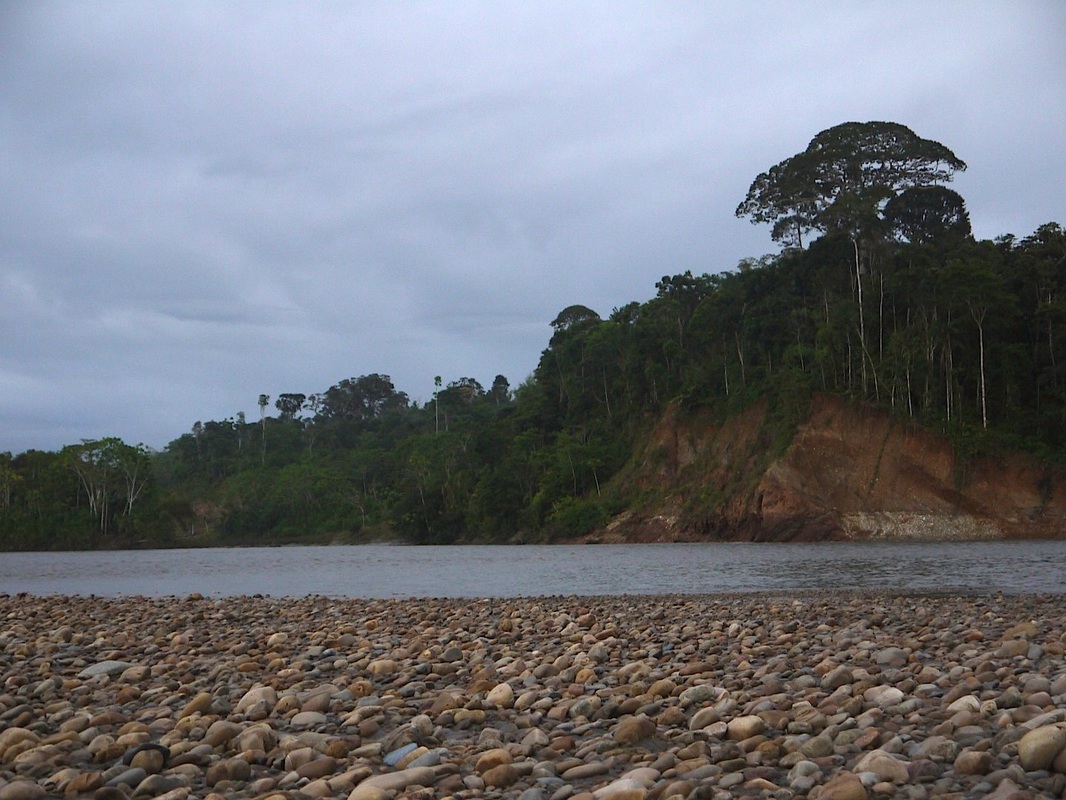
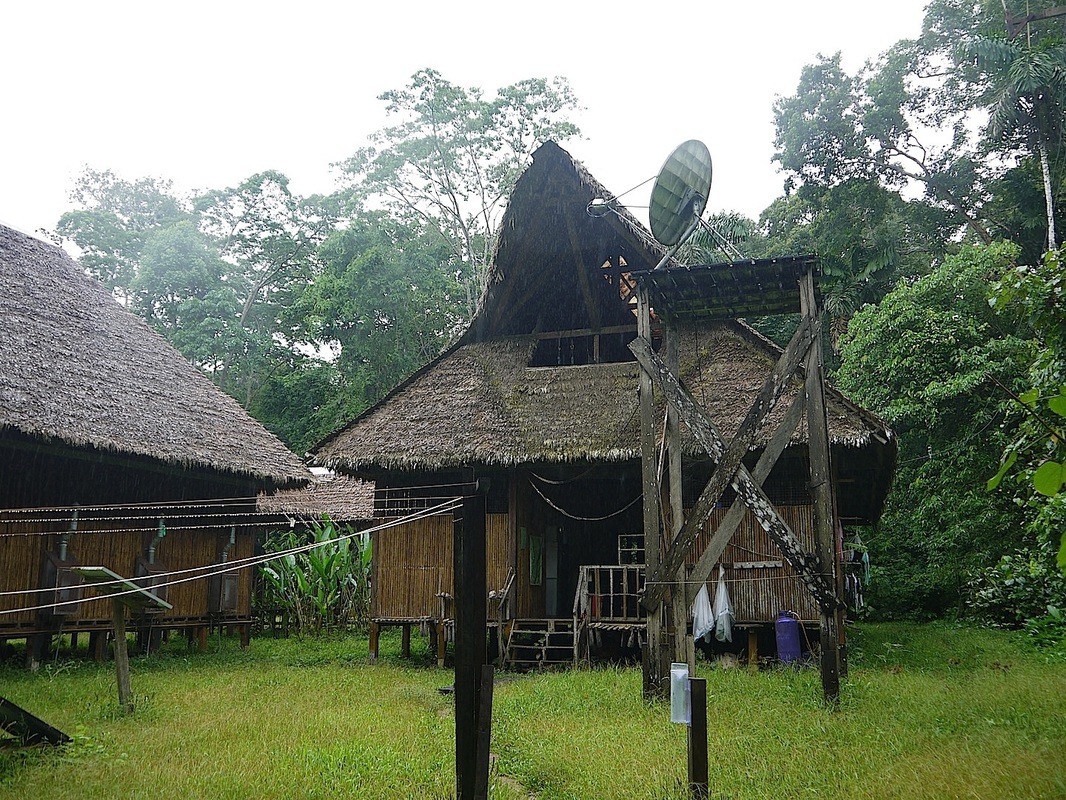
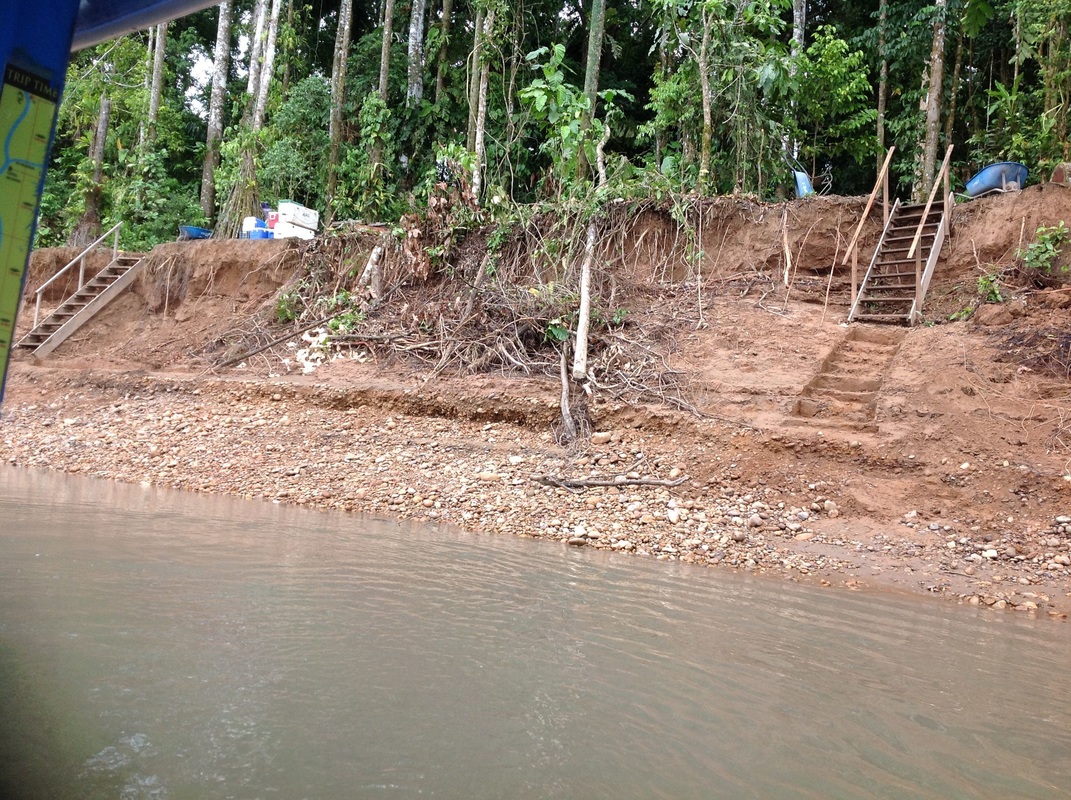
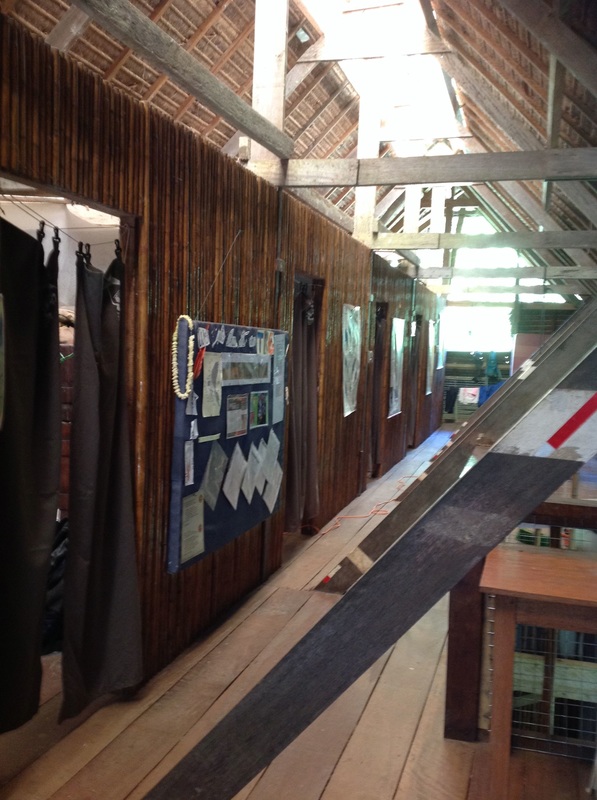
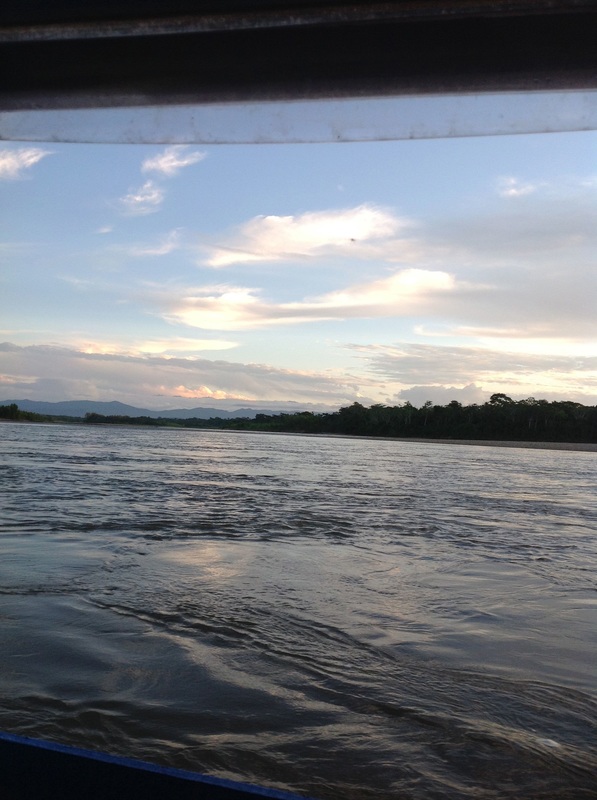

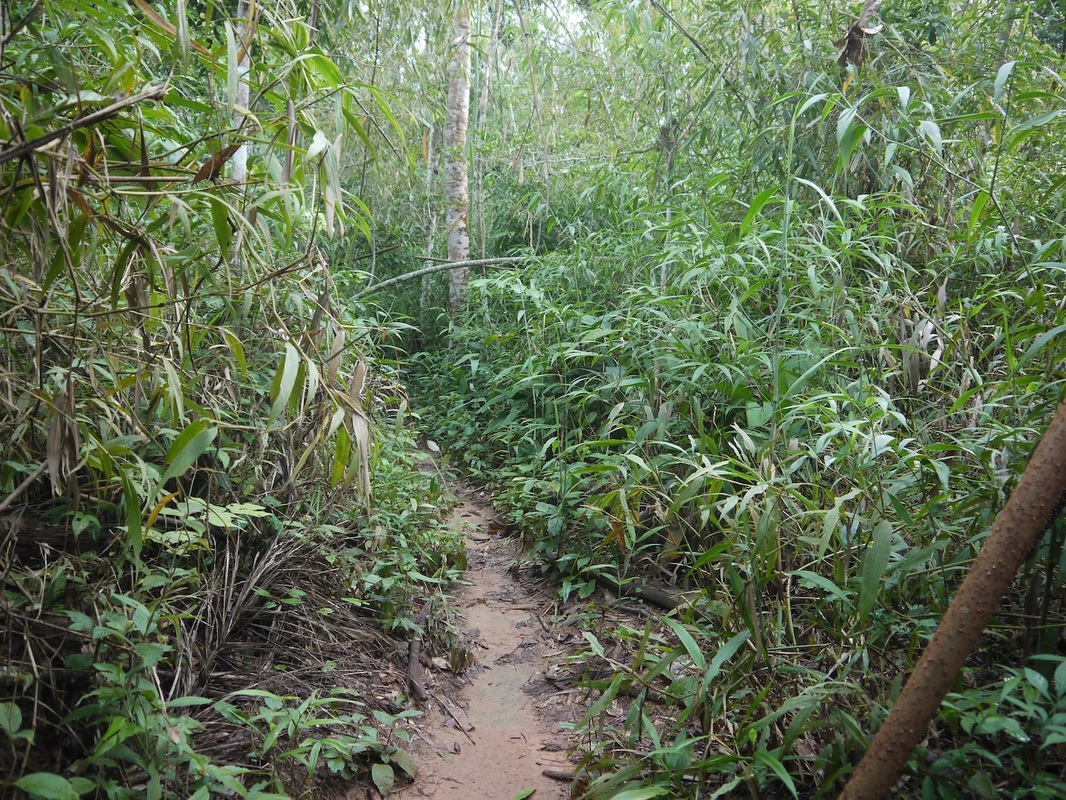
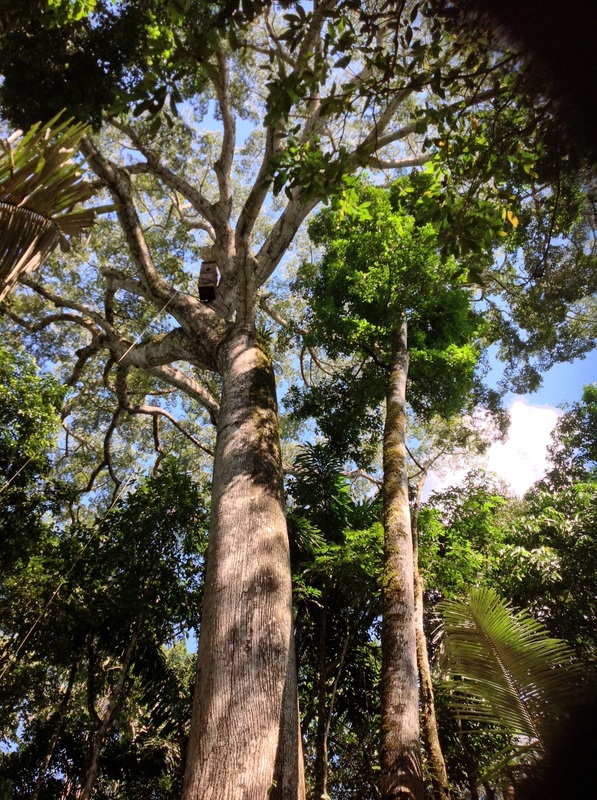
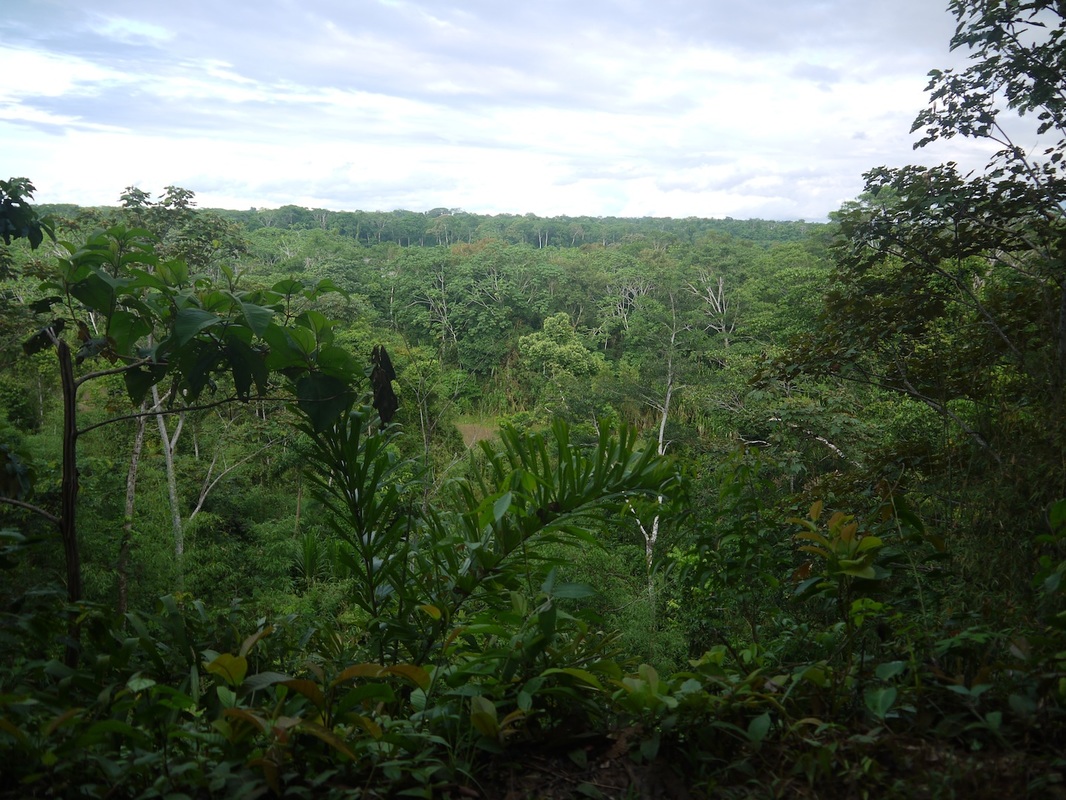
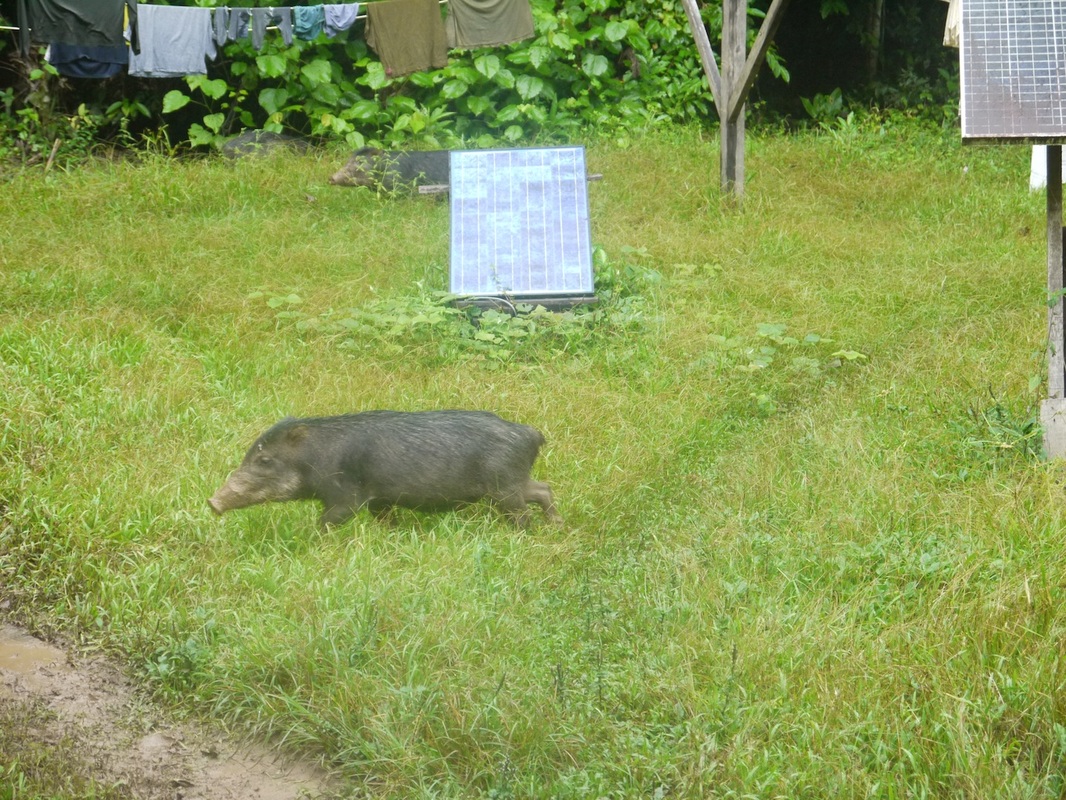
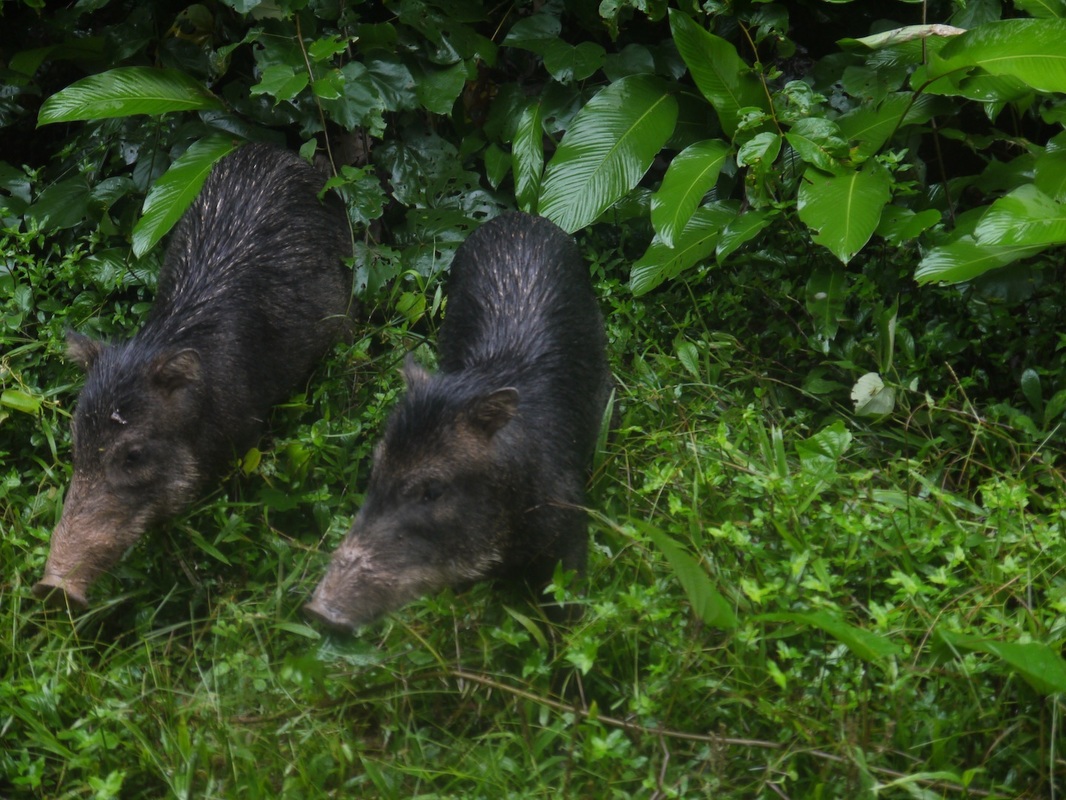
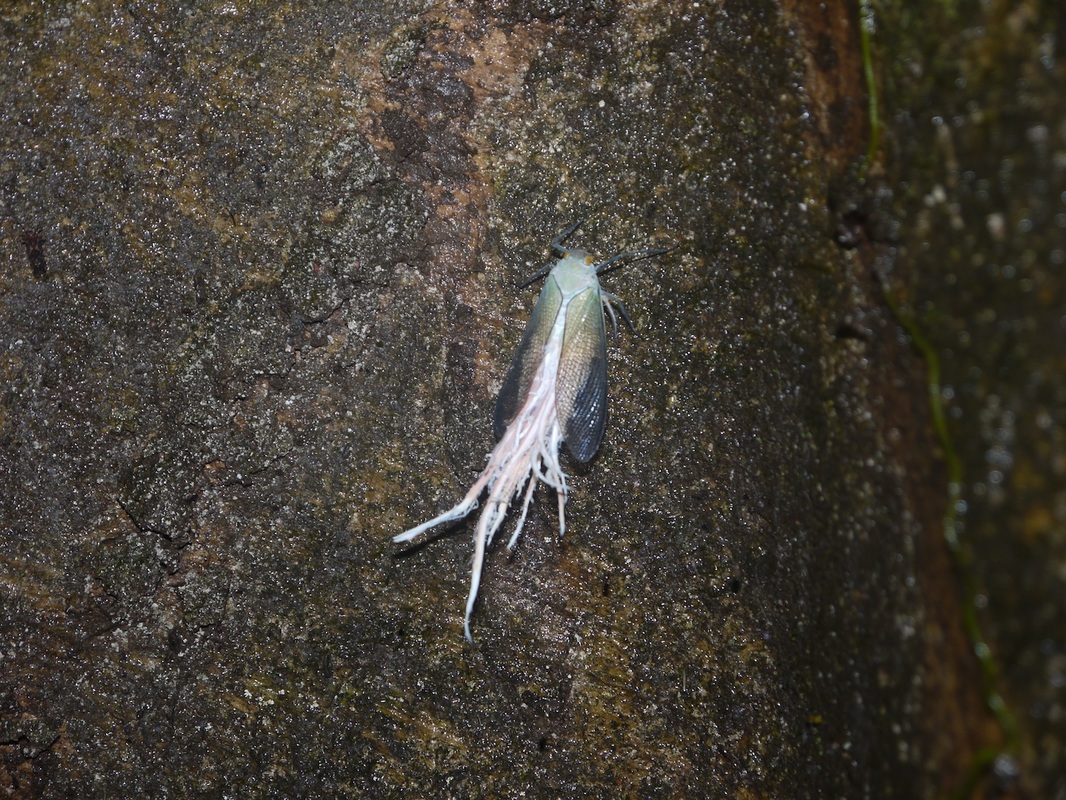
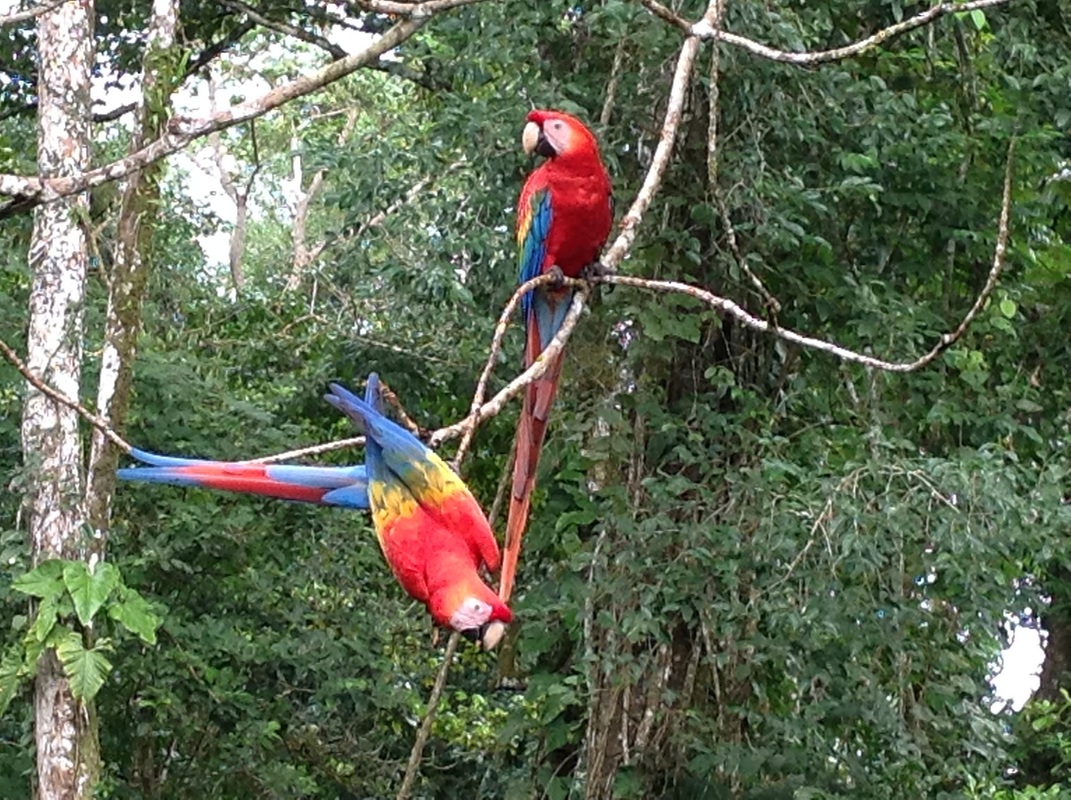
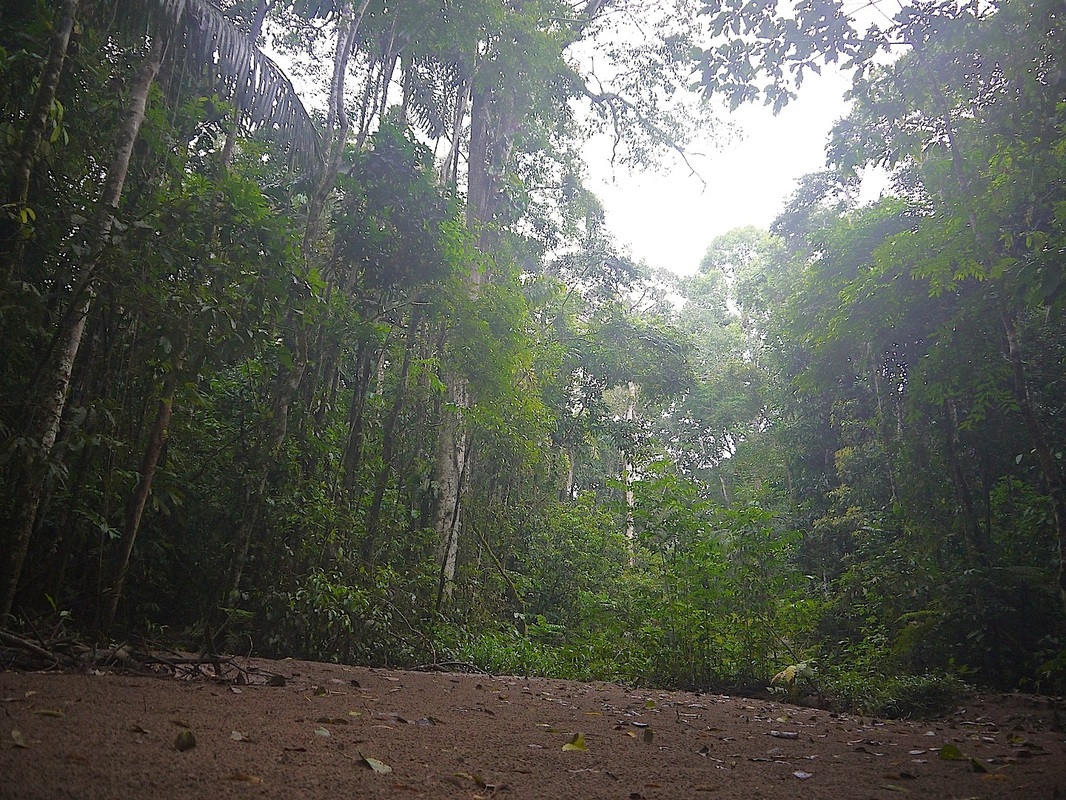
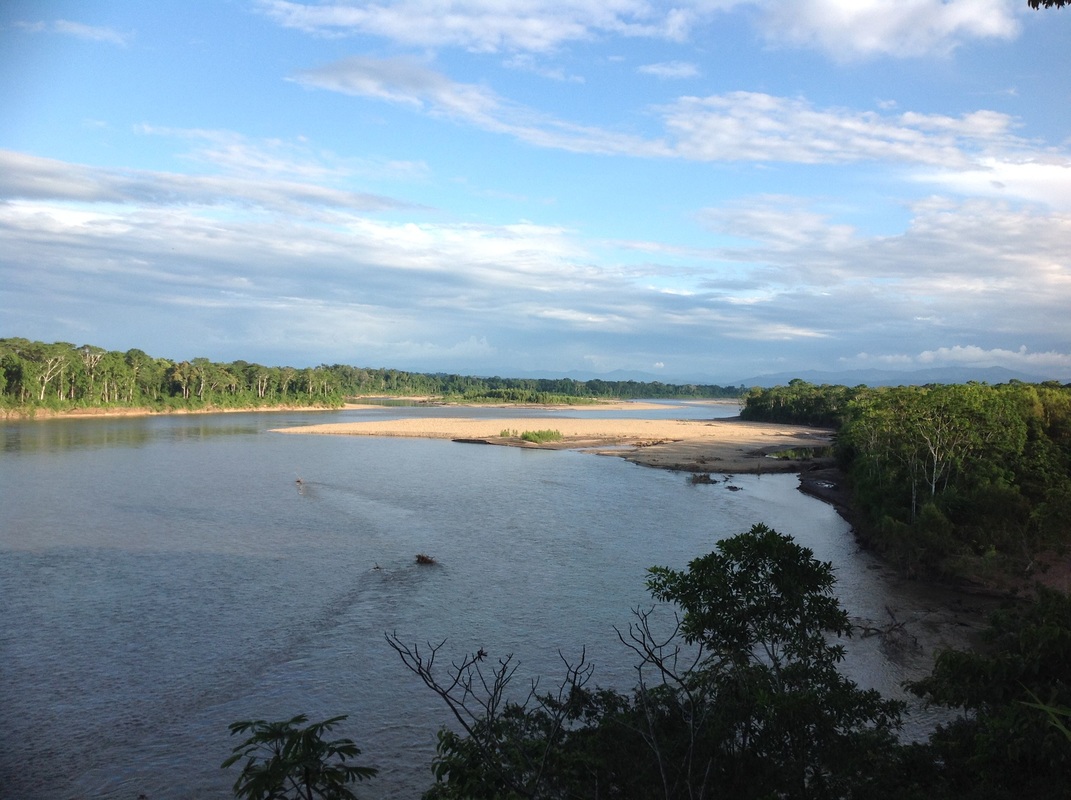
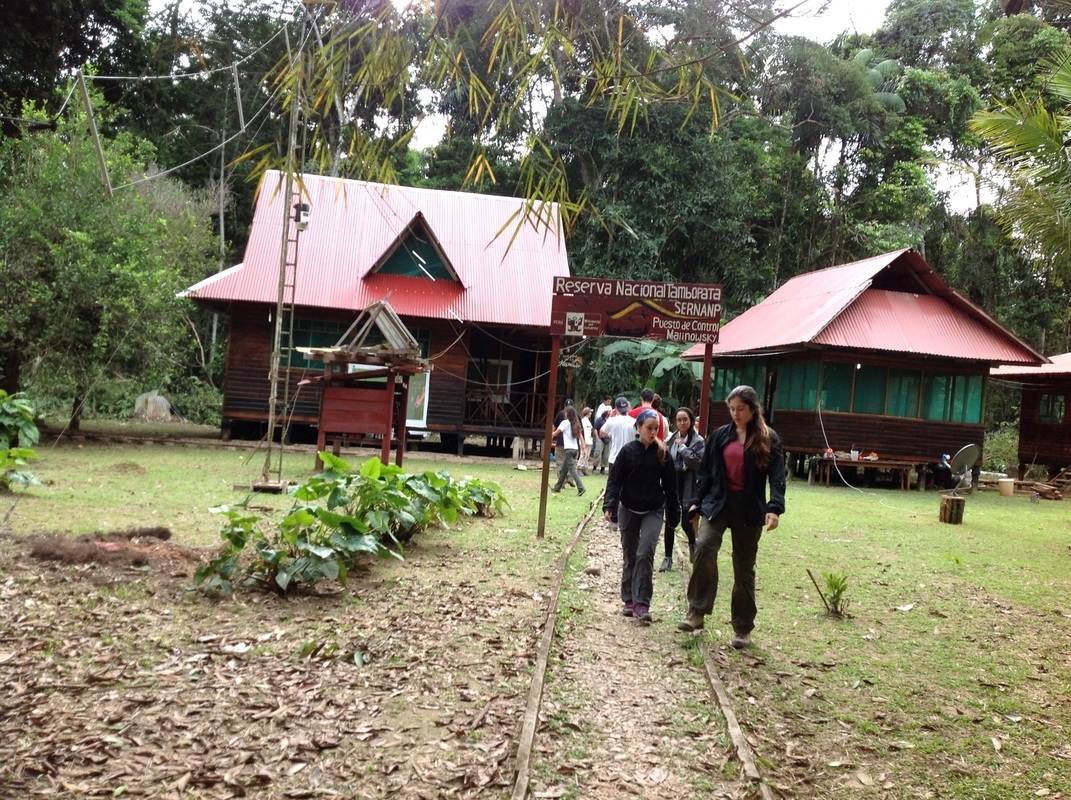
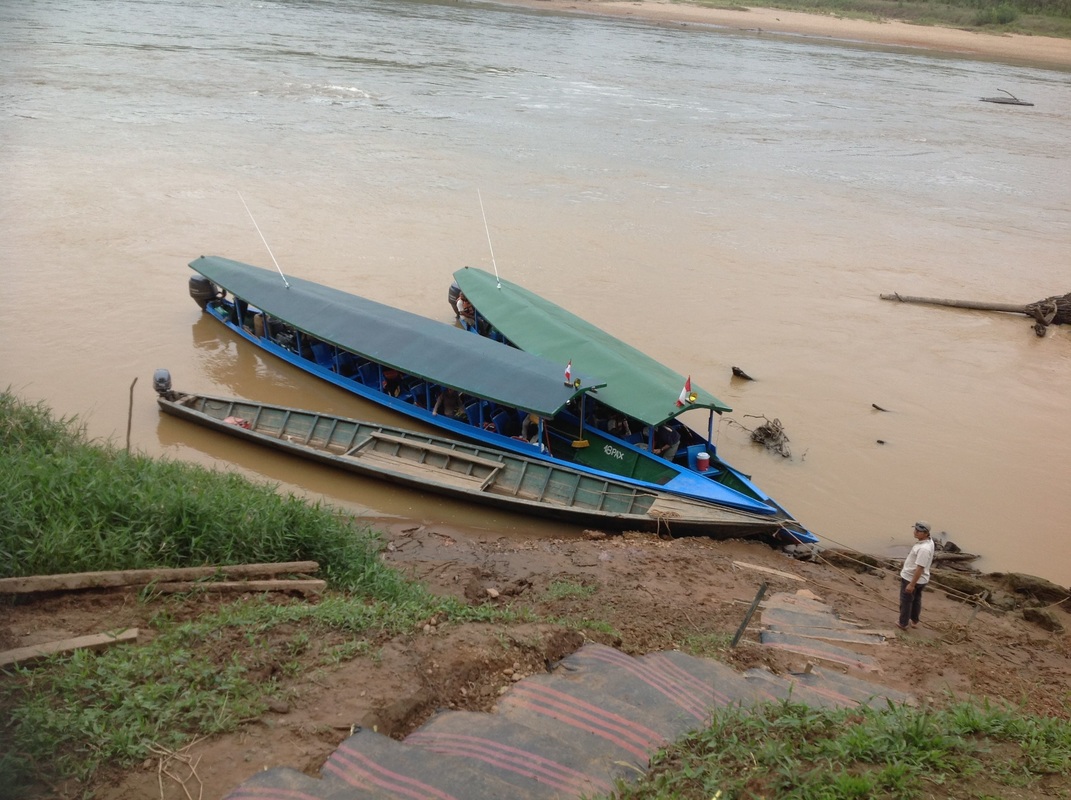
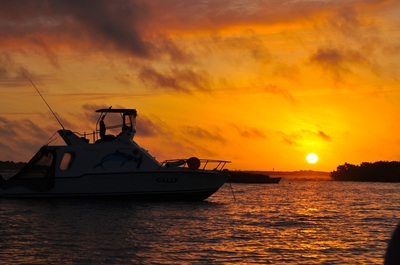
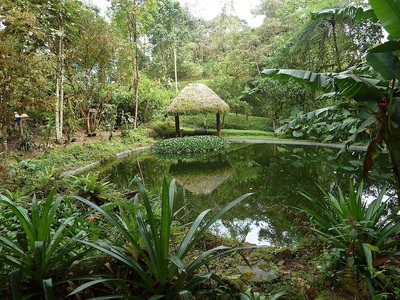
 RSS Feed
RSS Feed